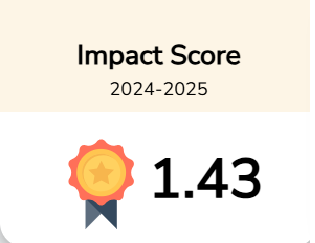Unleashing the potential: Exploring the relationship between trade liberalization and female labor force participation in Pakistan
Downloads
Purpose: This study examines the impact of trade liberalization (TL) on female labor force participation (FLFP) during the trade regime period in Pakistan, using sectoral panel data of the manufacturing sector for the period of 1990-2005.
Design/Methodology/Approach: We employed panel fixed effects (FEM) and Instrumental-variable (IV) regression models for empirical analysis.
Findings: Our study reveals that trade liberalization and FLFP are associated. Trade liberalization increases FLFP in the manufacturing sector. The results of both measures of FLFP (i.e., the share of female employment, and female-to-male ratio) verify each other findings. Our findings are robust to the inclusion of various control variables. Furthermore, our IV analysis also confirms that liberalization has given rise to female employment in the manufacturing sector. Our policy implication is that the government should liberalize trade sectors that can help to enhance FLFP.
Originality/Value: This study adds to the existing literature by exploring the association between TL and FLFP in the manufacturing sector of Pakistan by utilizing a better proxy of reductions in import tariffs for TL. The reduction of import tariffs is a policy-based measure that captures the pure impacts of trade policy as compared to outcome-based measures (i.e., trade ratios). We also consider the whole trade regime as a sample period (i.e., from 1990-2005) to examine the core impacts of the trade regime, as import tariffs drastically reduced during this period. Furthermore, we use two measures of FLFP for the analysis, i.e., the share of female employment, and the female-to-male ratio. Lastly, our use of sectoral panel data strengthens the empirical analysis.





